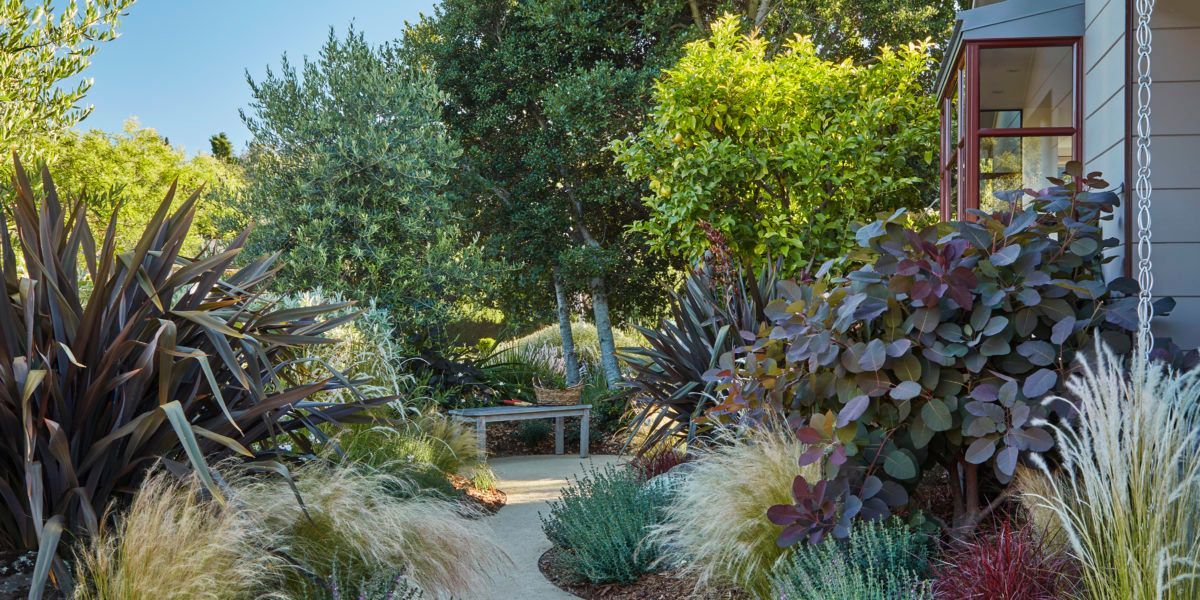
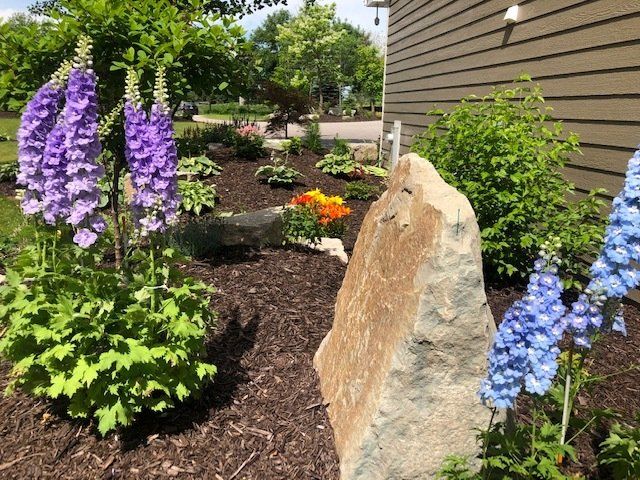
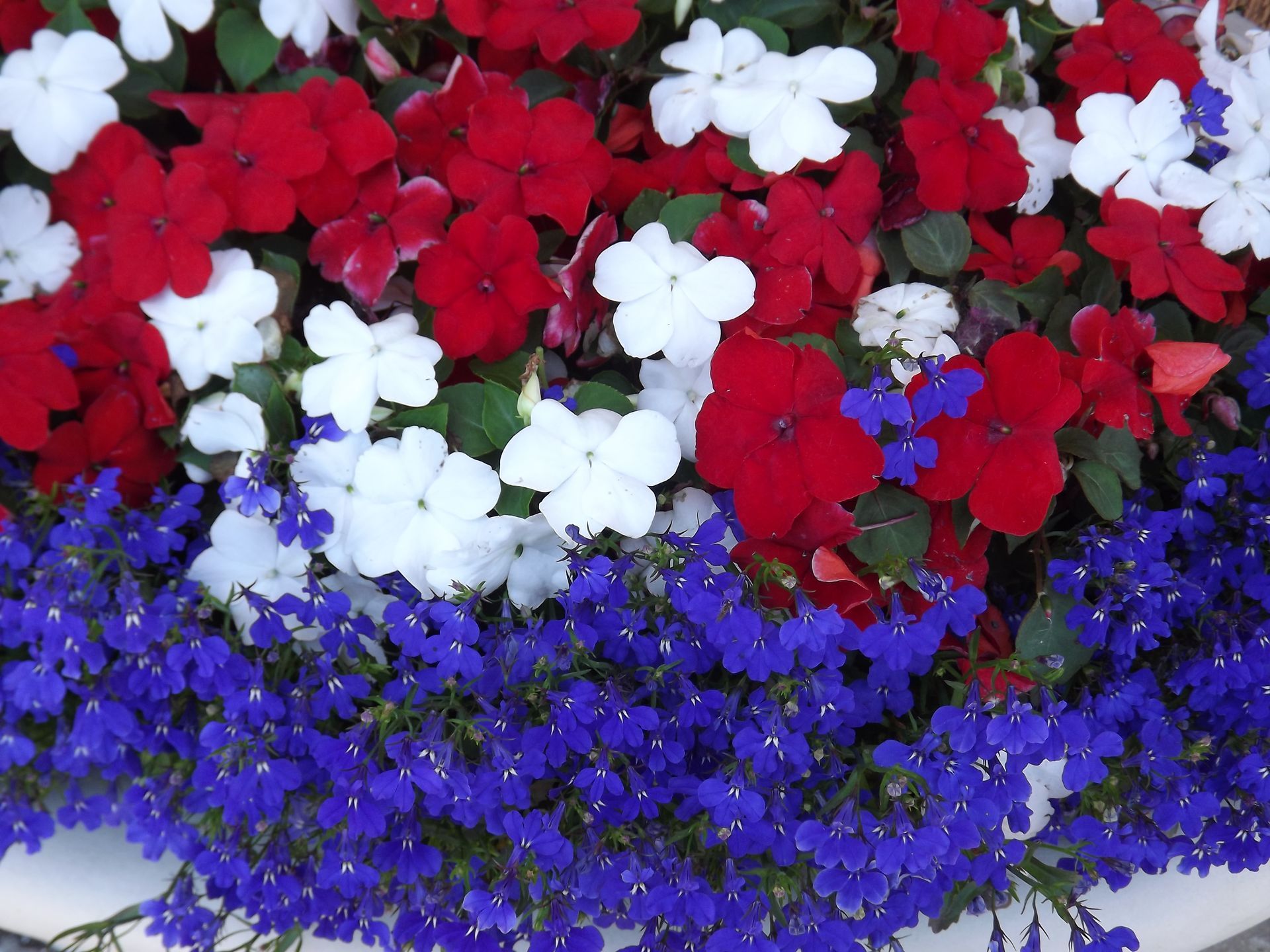
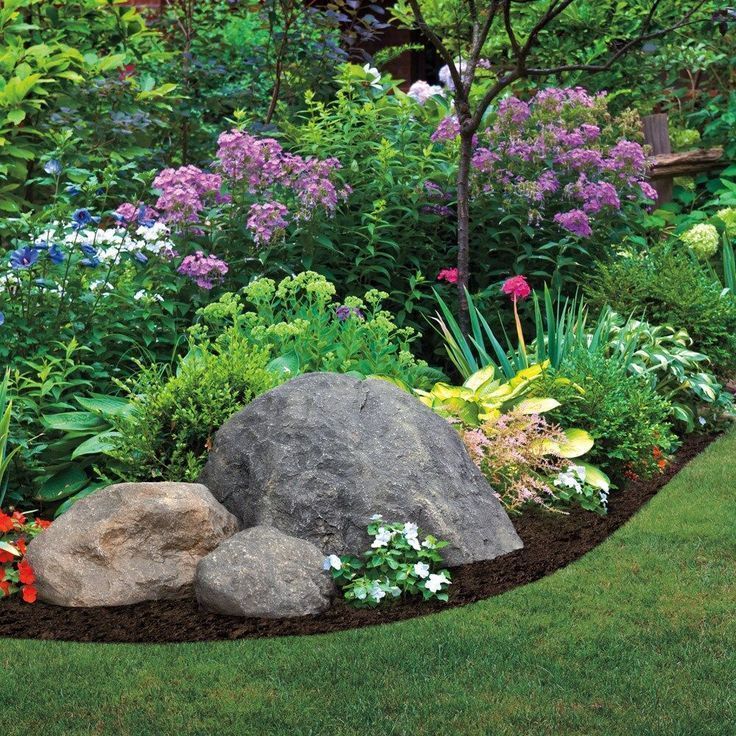
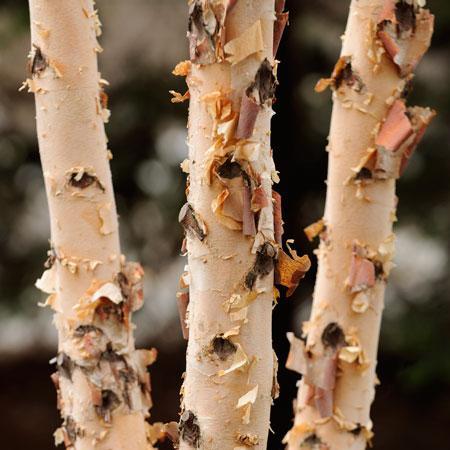
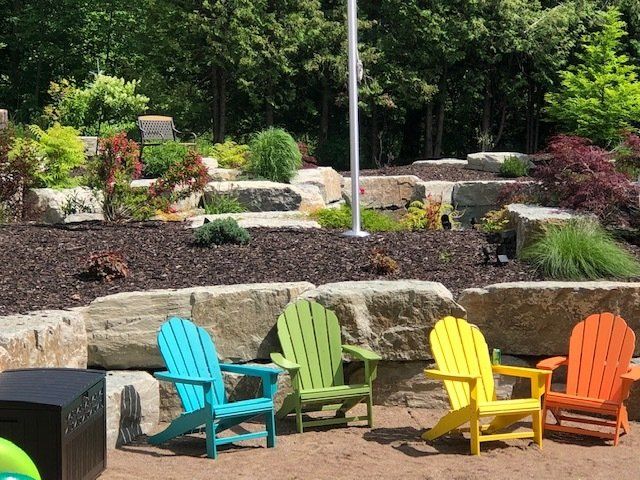
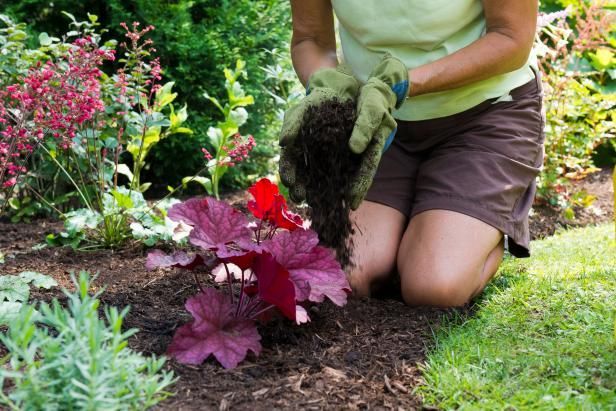
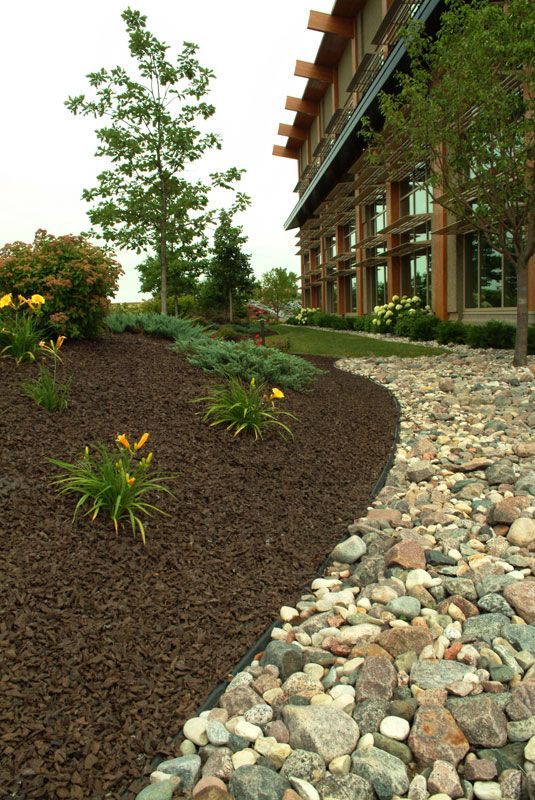
Did you know the mulch and rock have their respective differences? Are you one of the gardeners who are confused as to which to use? Familiarize yourself with mulch and rock by reading the provided information below.
As you all know, applying mulch or rock in your garden can bring numerous benefits. These advantages include reduced water loss, and erosion, enhanced nutrition soil and a balanced temperature for the soil. Mulch and rock are two of the most used in gardens today because of the incredible benefits they have.
If you are unsure as to use mulch or rock, then knowing their differences is essential.
Benefits Of Using Mulch
1. Less Water
One of the main benefits of using mulch is that you no longer have to water your soil very often. This is because a foot of mulch can hold up to three inches of water. There are also different colors to choose from, such as red, black, and dark brown.
2. Improved Moisture And Nutritional Level
Another great benefit of using mulch is that it will even up the moisture level of your soil. This will make the soil hospitable for the nutrients’ proliferation. The nutritional value can further increase once the mulch passes the mineral to the soil.
3. Prevent Weeds Growth
Mulch is also known to contribute to reducing the weeds’ proliferation. Both inorganic and organic mulches can help prevent the growth of unwanted weeds and grass.
Benefits Of Using Stone
1. Does Not Decompose
One of the best things about using rock mulch is that they don’t decompose. They can last for a long period of time. They can help cover your ground in the long run, without having to purchase another batch to replace. And since they don’t decompose, the risk of bug problems are also minimized.
2. Does Not Require Too Much Maintenance
Rock mulch is known to be low maintenance since they are not alive. It doesn’t require reapplication every so often. Another good thing about rock mulch is that their appearance will stay the same. Lastly, they can’t easily be displaced by pets or blown away by strong winds.
3. Being Durable
Using rock mulch is better than using living or organic grounds because of its durability. Rock mulch is perfectly made for heavy use. Rock mulch can’t easily be destroyed or sampled on, so you don’t have to worry about anything at all.
Applying Mulch
Mulch should be at least three inches thick to be effective. Remove weeds and start laying the mulch over the moist soil. If you are going to create new beds, it would be best to plant through the sheets of mulch. Lastly, when mulching specimen shrubs and single trees, mulch them at the canopy’s radius.
Applying Stone
Use the fabric, cover the area and make sure that the fabric perfectly fit the area. You can also install some edging around to ensure that the rocks will be kept in place. Once done, you can pour the rocks until they are at least 2 inches thick. Avoid putting in rocks from trunks and stems.
Bottom Line
Above is all the information about mulch vs rock. Start deciding which one is more useful for your garden so that you can meet your mulching tasks.
Source: https://agreenhand.com






